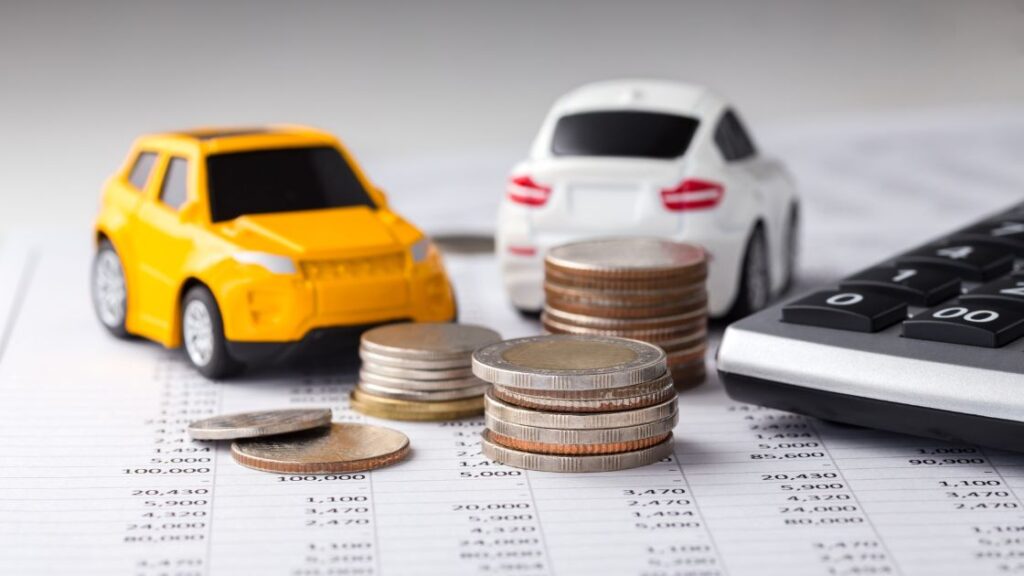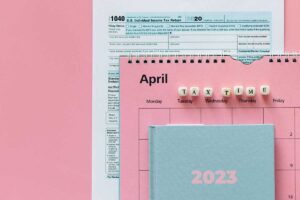Entering adult life means making independent decisions and serious purchases. One of the most serious purchases you will make is your first car. While this can be an exciting event in your life, you might not realize it is a serious commitment that needs some tough brainstorming. There are so many options from car models to purchasing plans and loan options. Here is a step-by-step guide for you to make this decision easier and smarter.
1. Assess your needs and budget

While good-looking cars can be attractive but you need to assess what you might need your car for. If the mileage is more important for you than speed. Consider if you are planning to take longer routes and comfortable seats are important for you. What kind of engine power you might need? Assess all your needs and also your pocket with honesty. Also, look into the option of a new or used car.
Ponder how much you can afford to invest in cash and how much loan you can get. How much down payment you can arrange and how much loan is reasonable for you? Plan how you will repay your loan. It is very important, to be honest with yourself in this phase.
2. How Much Should You Spend on Your First Car
When buying your first car, it’s important to consider how much you should be spending. The amount you should allocate towards your first car will depend on various factors, such as your financial situation, your transportation needs, and your personal preferences.
If you’re on a tight budget, it may be tempting to opt for the cheapest car you can find. However, it’s important to consider the long-term costs of ownership, including insurance, maintenance, and repairs.
A cheaper car may have a lower upfront cost, but it could end up costing more in the long run.
On the other hand, if you have more financial flexibility, you may be able to afford a newer or higher-end car. While these vehicles may have a higher upfront cost, they may also have lower maintenance and repair costs and may retain their value better over time.
Ultimately, the amount you should spend on your first car will depend on your individual circumstances. It’s important to consider your budget and transportation needs and to do your research to find a car that fits both. By taking the time to carefully consider your options, you can find a car that meets your needs and fits your budget.
3. Educate yourself
Being able to drive a car and being able to keep a car is different. To keep a car in a good condition you should know at least the basics of car functioning. If you are not much of a car enthusiastic, you probably don’t know much about making and working of a car. Study engines and batteries of cars. Learn about tires, the coolant in the engine, brake oil, fuse, and other important components of car maintenance. This information will also be helpful while choosing the type of car you want and maintaining the car later.
4. Research

Thanks to tools like googling it way easier and quicker now to research options in this time. Analyze what car models fit into your need and pocket range. Look for the pros and cons of different car making companies. Compare and shortlist a few cars you are interested in.
5. Collect data
Conduct a market survey. Visit different retailers and car making company showrooms in your area. Compare prices between different retailers. Take test drives. Discuss payment plans with retailers. Collect as much data for your shortlisted cars as possible. Visit banks to know their car purchasing plans. Discuss car mileage and engine utility with actual car users.
6. Make the final decision
Now with all this information, you have gathered make a final decision about the car you are actually going to purchase. Picture yourself driving the car you have decided for. Make sure you are comfortable with your decision. If not research again.
7. Apply for the loan

Gather your documents and apply for the bank loan you have settled for. Relax while your loan is being processed. Do not boast about your first car with your friends. You never know when things might go wrong and you are left embarrassed.
8. Go Get Your First Car

Once your loan is approved, it’s time to visit the car retailer you chose. Fill out the papers, make the down payment, and get your keys. Congratulations now you are a car owner.








